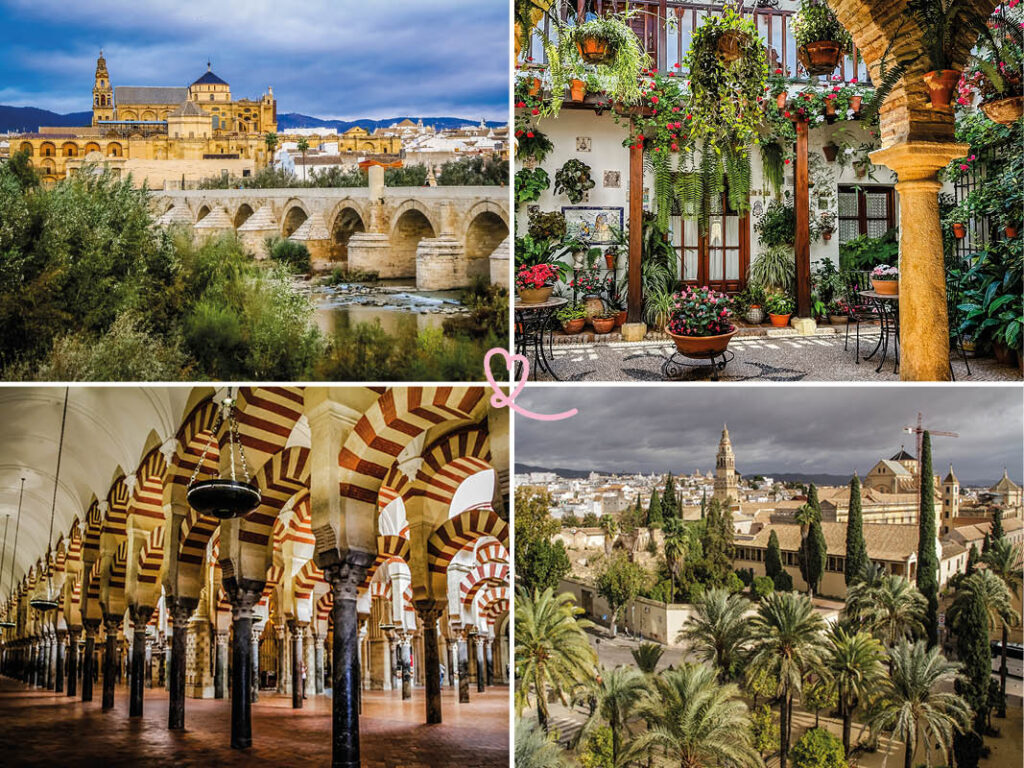Discovering Local History: Interactive Activities to Enrich Your Tourist Itinerary

Exploring Community Narratives Through Interactive Engagement
Traveling extends beyond simply changing scenery; it invites an exploration of the intricate stories that characterize and animate a particular region. Every destination has its own historical foundation built upon the lives and experiences of its inhabitants. Incorporating interactive activities into your travel plans not only enhances your journey but also deepens your understanding of these histories. From engaging with local communities to immersing yourself in historical narratives, such experiences offer a profound connection with the places you visit.
Here are some engaging activities that breathe life into local history:
- Guided Heritage Walks: Cities like Charleston, known for its antebellum architecture, and San Francisco, famous for its Gold Rush legacy, offer guided tours that reveal their histories. Local experts often share fascinating anecdotes and lesser-known facts that add layers to your understanding, such as the significance of the Charleston Slave Market or the stories behind San Francisco’s iconic Painted Ladies.
- Living History Museums: At places like Colonial Williamsburg in Virginia, visitors can step back in time. Here, actors donning period attire interact with guests, portraying characters who lived during the 18th century. Engaging with these historical figures—perhaps a blacksmith or a colonial housewife—provides a visceral sense of what daily life was like, making history tangible and relatable.
- Craft Workshops: Participating in artisan workshops, whether it’s pottery in Santa Fe, New Mexico, or quilting in Old Salem, North Carolina, allows travelers to appreciate local customs. These hands-on experiences not only teach you traditional skills but also connect you to the cultural fabric of the area, fostering a deeper respect for its heritage.
- Historical Reenactments: Many local events throughout the U.S. recreate pivotal moments in history, such as the annual reenactment of the Battle of Gettysburg. Observing these dramatizations offers insights into the cultural and historical significance of events that shaped the nation, allowing audiences to reflect on the past through active participation.
As you navigate the local history of your travel destinations, you evolve from a mere observer to an active participant in the ongoing narrative. By embracing these interactive experiences, you not only enrich your travel itinerary but also cultivate a genuine appreciation for the diverse histories that have shaped various American communities. Each interaction reveals a bit more of the soul of the place, inviting you to explore its unique story and perhaps even inspire a sense of connection that extends beyond your visit.
DON’T MISS: Click here for savvy tips on saving during your travels
Connecting with the Past: Engaging with Local Heritage
When exploring a new destination, interactive activities serve as a powerful conduit to the past, revealing the stories woven into the very fabric of local communities. As travelers increasingly seek meaningful experiences, engaging with the history of a place becomes a vital part of the journey. From walking tours to immersive workshops, these activities create unforgettable connections with the heritage of the area.

One of the most enriching ways to connect with local history is through guided heritage walks. These tours often feature expert narrators—historians, local authors, or passionate residents—who bring the narratives of their community to life. For instance, a stroll through the historic district of Savannah, Georgia, opens the door to tales of the city’s architectural splendor and its complicated past, including the impact of the cotton trade and the legacy of slavery. Similarly, the streets of New Orleans resonate with jazz and voodoo lore, revealing the unique cultural tapestry that defines the city. Walking tours not only provide historical context but invite discussions about current cultural dynamics, fostering a deeper understanding of how history shapes today’s society.
Living history museums also offer a robust immersion into the past. These unique sites recreate historical settings where visitors can interact with actors portraying residents of particular epochs. At places like Frontier Village in San Jose, California, you can engage with a blacksmith crafting tools, or watch a pioneer family demonstrating daily chores. Such experiences turn abstract historical dates into tangible encounters, presenting a vivid picture of life in different eras. This approach shifts the learning experience from passive to active, inspiring visitors to engage with history innovatively.
Another fascinating avenue is participating in craft workshops, where travelers can learn traditional skills inherent to a region’s identity. In cities like Asheville, North Carolina, artisans host interactive sessions on pottery or weaving, encouraging participants to create their pieces reflective of local culture. These workshops produce more than just souvenirs; they allow travelers to appreciate the dedication behind artisanal crafts and their historical significance. By acquiring a new skill, visitors forge a personal connection with the local heritage, gaining insights into community values and traditions.
Historical reenactments have emerged as popular educational tools, providing an engaging lens through which to examine crucial historical events. Whether attending a reenactment of a Revolutionary War battle at Valley Forge, Pennsylvania, or witnessing the signing of documents on a heritage day in Philadelphia, these performances immerse visitors in pivotal moments of history. They offer a unique opportunity to explore the narratives surrounding these events, generating interest in the political and social dynamics of the time.
Incorporating these interactive elements into your travel itinerary elevates your experience from simple sightseeing to profound engagement with local narratives. By participating in activities that embrace the region’s history, travelers embark on a journey of discovery that fosters a greater appreciation for the stories that shape communities everywhere.
Interactive Activities That Bring Local History to Life
Exploring local history through interactive activities provides travelers with an enriching experience that goes beyond traditional sightseeing. Imagine stepping into a time period, actively participating in historical reenactments, or engaging with local storytellers who share captivating narratives about the past. These experiences create unforgettable memories and deepen your connection to the locations you visit.
Purposeful Engagement through Hands-On Experiences
Many destinations offer hands-on activities that allow tourists to immerse themselves in the local culture and history. For instance, workshops teaching traditional crafts or cooking classes featuring regional cuisine can enlighten visitors about the lifestyle and customs of the area. Participating in a guided archaeological dig, for example, not only allows tourists to connect with history but also promotes awareness about conservation and the significance of local heritage.
Utilizing Technology for Enhanced Learning
The integration of technology into history-focused activities also makes learning more engaging. Many cities now offer augmented reality apps that enhance the storytelling experience, allowing tourists to see historical images or information displayed over present-day landmarks. Such innovations not only serve to captivate users but also encourage them to explore lesser-known aspects of their surroundings, promoting a more comprehensive understanding of local narratives.
Community Involvement and Local Perspectives
Interactive tours often connect visitors with community members, providing invaluable local perspectives that enrich the travel experience. Conversations with long-time residents can reveal hidden gems and anecdotes that mainstream guides overlook. This personal interaction fosters a sense of community and understanding, allowing tourists to take away more meaningful insights into the culture and history of the place.
| Category | Benefits |
|---|---|
| Cultural Immersion | Participation in local customs and traditions enhances your travel experience. |
| Education through Engagement | Interactive activities provide deeper insights into local history. |
These multifaceted interactive experiences invite travelers to not just be observers but participants in the vibrant tapestry of local histories, making their journeys both educational and memorable.
DON’T MISS: Click here to discover how to handle unexpected expenses
Exploring the Past: Interactive Experiences that Tell a Story
As the demand for immersive travel experiences grows, more destinations are harnessing the power of interactive activities to deepen visitors’ connections with local history. From archaeological digs to culinary tours, these opportunities allow travelers to step directly into unique historical narratives, gaining a rich understanding of the culture and traditions ingrained in the area.
One intriguing way to dive into local history is through archaeological experiences where tourists can participate in actual digs. Locations such as the Historic Jamestowne in Virginia offer programs that allow visitors to excavate artifacts from one of America’s first permanent settlements. This hands-on activity not only provides a tangible connection to early American history but also deepens the appreciation for the meticulous work that goes into preserving our past. By interacting with the very soil that once supported settlements, visitors grasp the complexities and wonders of archaeological research.
The culinary arts also provide a delicious avenue into local history. Many regions take pride in their traditional dishes, and food tours can be an exceptional way to uncover historical narratives. In places like Charleston, South Carolina, participants can indulge in a Lowcountry food tour that explores how African, Native American, and European culinary influences created a unique Southern cuisine. Alongside sampling regional specialties such as shrimp and grits or she-crab soup, guests learn about the socio-economic conditions that shaped these culinary traditions. This experience connects palate and story, creating a feast for both body and consciousness.
Workshops in traditional crafts not only reveal local history but also celebrate skills passed down through generations. In Santa Fe, New Mexico, travelers can engage in workshops that teach the art of Pueblo pottery or traditional weaving techniques. In these sessions, artisans share the cultural significance of their crafts, recounting the stories behind their artistry. Such hands-on experiences allow participants to appreciate the depth of local history that informs these art forms, grounding them in a vivid context.
Another intriguing way to come face-to-face with history is through storytelling festivals or events that highlight oral traditions. These gatherings often showcase local storytellers who narrate legends and historical tales steeped in cultural significance. The National Storytelling Festival in Jonesborough, Tennessee, is an event that attracts attendees eager to hear narratives that reflect the heart of Appalachian culture. By presenting stories woven with personal and communal history, these festivals invite visitors to contemplate the relationship between memory and place.
Taking part in local festivals that celebrate particular historical or cultural moments also offers unique insights into a community’s heritage. Events like the Albuquerque International Balloon Fiesta not only showcase a spectacular sight but also incorporate historical perspectives on ballooning and how it relates to the region’s culture. Engaging in such festivals allows visitors to appreciate the evolution of traditions while simultaneously connecting with local residents through shared festivities.
Integrating these dynamic activities into your travel itinerary transforms a routine trip into an engaging exploration of local heritage. By participating in experiences that bring history to life, travelers become active participants in storytelling, fostering a deeper sense of connection and appreciation for the past that endures in the present.
EXPLORE MORE: Click here for travel itineraries
Bridging Yesterday and Today: An Invitation to Explore
In an era where connection to place and culture is more valuable than ever, interactive activities serve as a compelling gateway to discovering local history. Whether it’s engaging with the land through archaeological digs, savoring the flavors of the past with culinary tours, or immersing oneself in traditional crafts and storytelling festivals, these experiences transform mere sightseeing into rich narratives that resonate with the traveler.
As we step beyond conventional travel norms, we find ourselves embracing the multifaceted stories of communities across the United States. Each interaction—whether it’s sharing a meal steeped in history or unearthing artifacts that tell tales of early settlers—invites us to reflect not just on historical events, but on the lives that shaped them. By participating in local festivals and hands-on experiences, we become part of the ongoing tapestry of culture, preserving the beauty of heritage while sharing it with others.
As you craft your next itinerary, consider delving into these interactive opportunities that showcase the essence of a location’s past. In doing so, not only will you enrich your travel experience, but you will also contribute to the preservation and celebration of local history for generations to come. So, embark upon the journey of discovery, and let each destination unveil its stories waiting to be explored.

